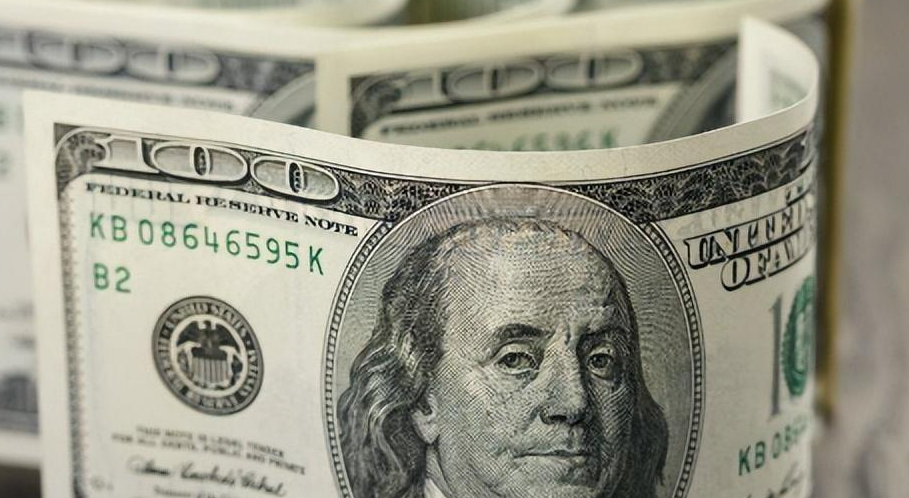A Stunning Turnaround! Federal Reserve Issues Warning
Advertisements
Recent developments in the financial landscape have sent ripples through global markets as the Federal Reserve's monetary stance has shifted unexpectedly. Following a modest 25 basis point rate cut last week, expectations for a subsequent reduction in December were high, driven, in part, by anticipated policy changes from the upcoming U.S. presidential administration. However, in a series of stunning economic updates and hawkish commentary from Fed Chairman Jerome Powell, the market's optimistic outlook was abruptly revised.
The U.S. Labor Department's release of the Consumer Price Index (CPI) on November 13 painted a rosy picture of inflation—an annual increase of 2.6%, aligning perfectly with market predictions, and a stronger-than-expected core CPI rise of 3.3%. With inflationary indicators appearing stable, investors had become increasingly confident that another rate cut in December was a foregone conclusion. This optimism was abruptly challenged, however, when several key economic reports exceeded expectations, leading to a dramatic shift in sentiment.
The Producer Price Index (PPI) data reveal that October showed a year-over-year rise of 2.4%, surpassing the anticipated 2.3%, with service prices as a contributing factor. Moreover, initial jobless claims came in at 217,000—lower than the forecasted 220,000—indicating a resilient job market. Amidst these encouraging statistics, Powell's remarks last night clarified the Fed's position, consistent with a more cautious approach despite the ongoing economic strength.
During his speech, Powell emphasized that the recent performance of the U.S. economy has been "very strong," indicating no immediate urgency for further rate cuts. He remarked that inflation is nearing the Fed's long-term target of 2%, and caution is warranted given the current economic climate. The implication of his statement was clear: the Fed is in no rush to lower interest rates further. The market's reaction to these developments has been swift and sweeping, with traders recalibrating their expectations for future monetary policy.
In the aftermath of Powell's hawkish speech, market optimism took a hit, leading to a notable increase in U.S. Treasury yields. Initial predictions that the Fed would lower rates again in December plummeted from a confident 82% to a mere 56%. Wall Street, bracing for a cooling of the aggressively appreciating dollar, was instead met with a more hawkish outlook, allowing the dollar to surge past the 107 mark—the highest point it has reached in a year.
This bullish momentum for the dollar has translated into detrimental implications for other global currencies and assets. The Chinese yuan slipped below 7.23 against the dollar, reaching its lowest level since August, while the Japanese yen suffered a similar fate, dipping sharply below the 156 mark—its most significant decline since July.
The repercussions extend to precious metals as well. After a year of robust performance, gold is wavering, slipping below the $2,600 per ounce threshold, marking nearly an 8% decrease from its historic highs—a situation characterized as alarming given the perceived safe haven status that gold typically holds during times of economic uncertainty.

The turmoil in the markets evokes a sense of looming risk and anxiety. In light of gold's recent pullback and the dollar's meteoric rise, analysts have offered insights into potential future trajectories. Despite the recent downturn in gold prices, there remains speculation that the overall rate-cutting cycle could still underpin gold's long-term value. However, the market's reaction to broader geopolitical developments underscores its increasing susceptibility to dollar strength and U.S. economic policy.
As the world remains in flux, the uncertainty surrounding the incoming presidential administration's economic strategies adds a layer of complexity to the landscape. The notion that a chaotic global environment often solidifies the dollar's position as a preferred asset for risk-averse investors has resurfaced. Central banks worldwide may pivot towards bolstering their dollar reserves, with Japan potentially leading the charge in this latest currency defense initiative.
While the dollar's ascendance presents immediate challenges for the yuan and the A-shares in China, it remains critical to assess the long-term implications of this currency fluctuation against the backdrop of domestic policy stimuli. Economic conditions dictate that policymakers might feel compelled to introduce more substantial stimulus measures, particularly in light of recent data suggesting economic cooling. The anticipation of future policy dialogue will be a significant influencesr on market behaviors and investor sentiment in the months ahead.